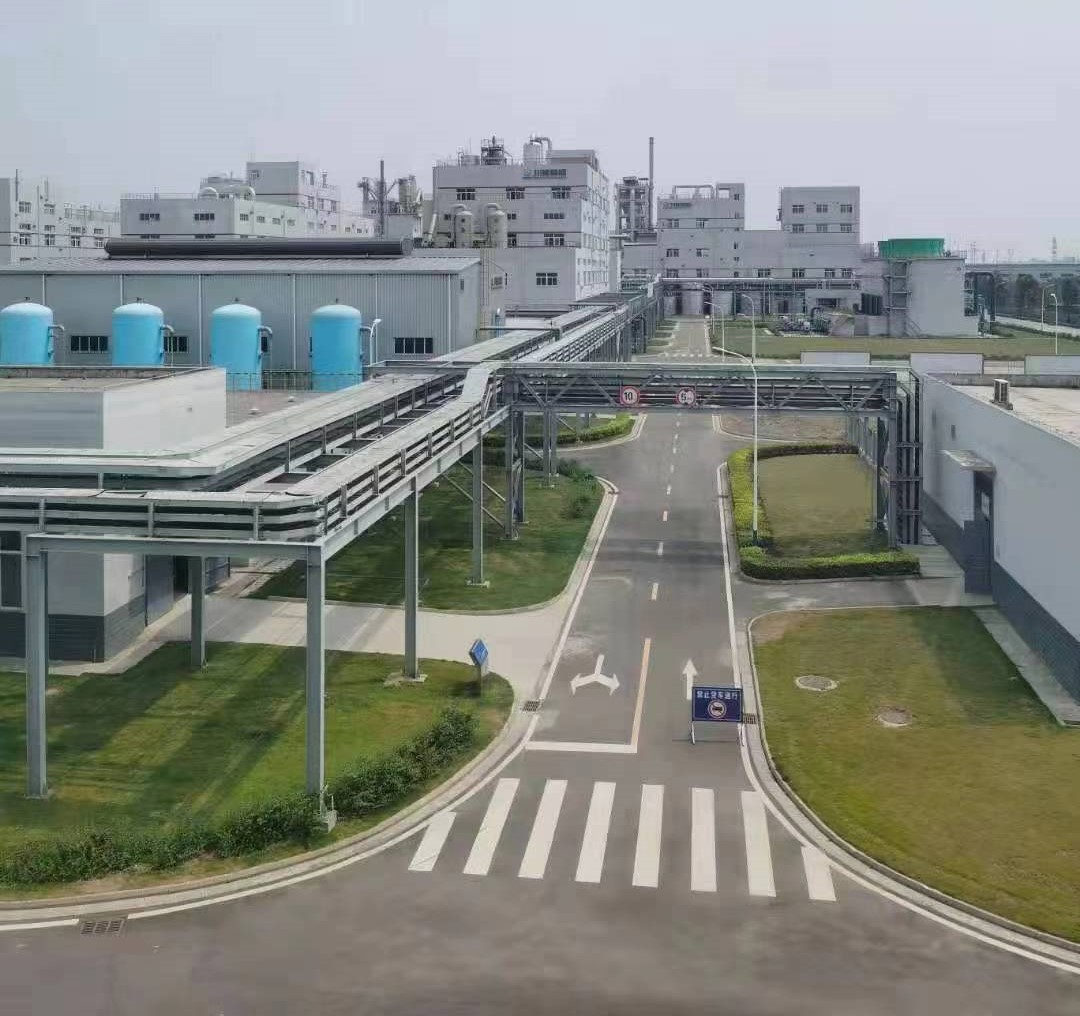Market Prospect Analysis of Lithium Hydroxide and Lithium Carbonate
Jun,19,25
The electric vehicle industry is driving demand growth. At present, electric vehicles are becoming an important development direction of the global new energy vehicle market, and lithium batteries are the "heart" of electric vehicles ". According to industry forecasts, by 2030, the annual sales of global electric vehicles are expected to exceed 25 million, and the demand for lithium batteries will increase significantly. This means that the market demand for lithium hydroxide and lithium carbonate will further increase, especially in the production of lithium batteries. The demand for lithium hydroxide and lithium carbonate will continue to rise.
The global energy transition and the rise of the energy storage market In addition to electric vehicles, the energy storage market is also an important application field for lithium batteries. With the rapid development of renewable energy (such as wind and solar energy), the demand for energy storage technology is also increasing. Lithium batteries are undoubtedly one of the best choices for energy storage systems. It is expected that by 2030, the global energy storage market will reach hundreds of billions of dollars, thus promoting the growth of demand for lithium hydroxide and lithium carbonate.
Supply chain tension and price volatility. In recent years, due to the sharp increase in global demand for lithium resources, lithium ore supply is facing greater pressure. In particular, the production of lithium hydroxide and lithium carbonate required raw materials and processing technology is more complex, resulting in tight supply, price fluctuations. This makes domestic and foreign enterprises have increased investment in the exploitation and processing of lithium resources, but also promote the innovation of lithium battery technology and the layout of the industrial chain.
Policy support and industrial development. On a global scale, many countries and regions have introduced a series of policies to support the development of new energy vehicles and green energy. The demand for lithium hydroxide and lithium carbonate has also been driven by policies. For example, the government has promoted the popularization of new energy vehicles in recent years and introduced relevant subsidies and tax preferential policies, which has enabled the lithium battery industry to flourish.
With the acceleration of the global transition to low-carbon and sustainable energy, lithium hydroxide and lithium carbonate, as key raw materials in the lithium battery industry chain, are ushering in unprecedented development opportunities. From electric vehicles, energy storage systems to industrial applications, the demand for lithium hydroxide and lithium carbonate will continue to grow, and the market prospects are broad. However, the supply of raw materials, the breakthrough of production technology and the synergy of the global industrial chain will still be the key factors that determine the future market competition pattern. Therefore, as an important part of the lithium battery industry, lithium hydroxide and lithium carbonate have great potential for development. Investors, enterprises and policy makers need to seize these 1 opportunities in the future market, promote technological innovation and industrial development, and ensure the sustainable supply of resources.






